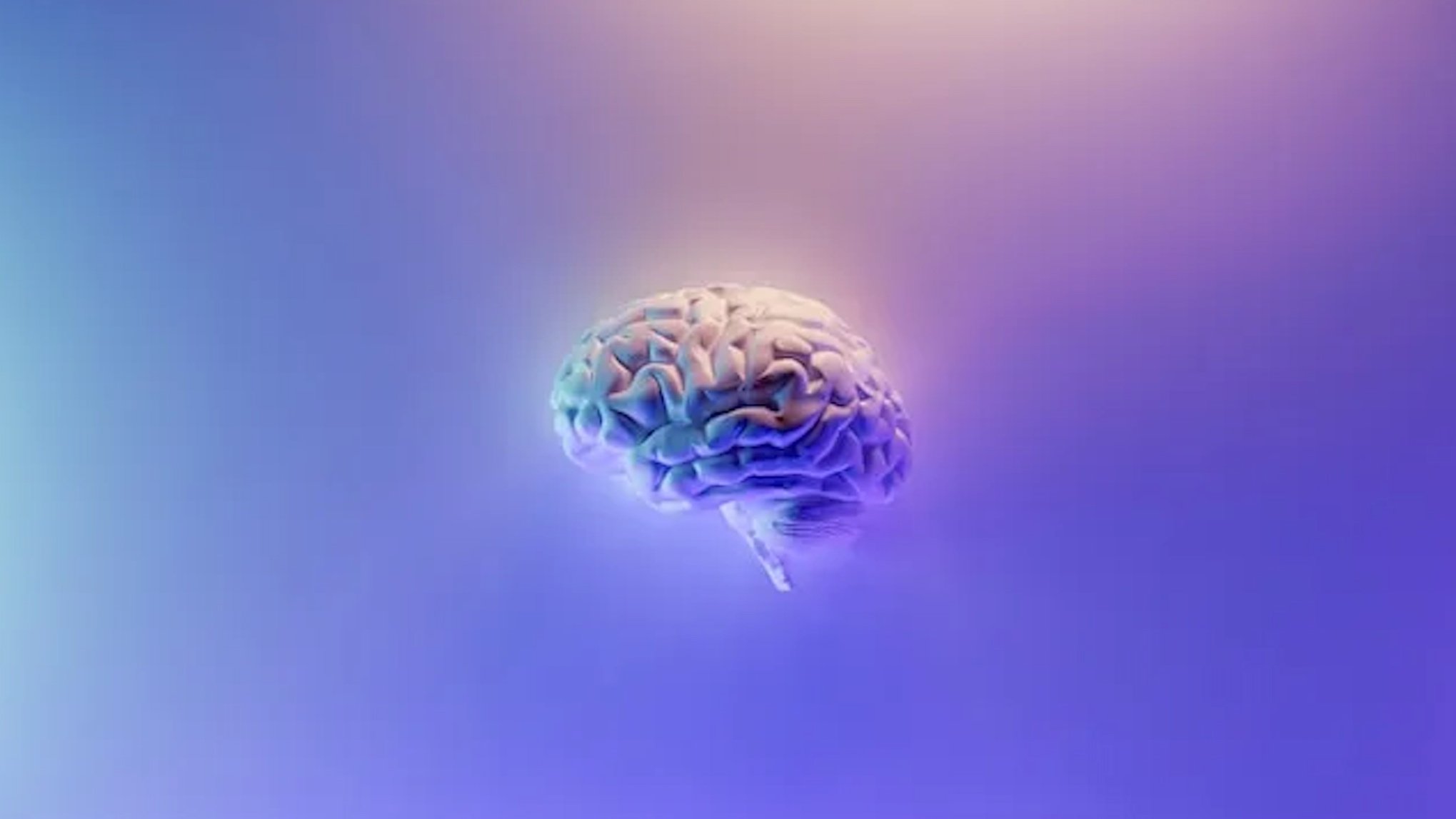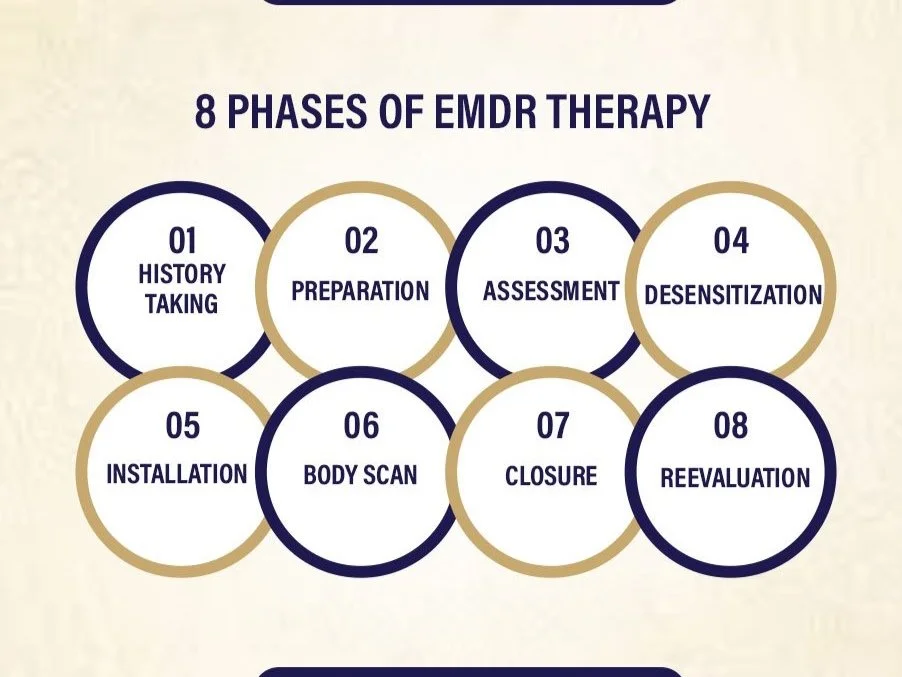
EMDR Therapy
for Adults in Colorado & Washington State
“EMDR allows you to heal from the past so it no longer controls your present.”
— Francine Shapiro, developer of EMDR
What is EMDR?
EMDR (Eye Movement Desensitization and Reprocessing) is a form of psychotherapy designed to help individuals heal from trauma, painful memories, and emotional distress. The therapy is based on the idea that traumatic experiences can become “stuck” in the brain, and EMDR helps the brain reprocess these memories in a healthier way.
How does EMDR work?
During a session, the therapist guides you to focus on a distressing memory while using bilateral stimulation, such as side-to-side eye movements, taps, or sounds. This process helps the brain process the memory, reducing its emotional intensity and making it easier to manage over time.
What are the benefits of EMDR?
EMDR offers several benefits, particularly for those dealing with trauma or emotional distress. It helps reduce the emotional intensity of distressing memories, making them easier to manage. EMDR can lead to faster healing from trauma and improve mental health by addressing conditions like PTSD, anxiety, and depression. It also helps shift negative beliefs about oneself and promotes better emotional control. Additionally, EMDR can ease physical symptoms tied to trauma, boost confidence, and build resilience to handle life’s challenges. Overall, EMDR helps promote healing, emotional well-being, and a sense of peace.
What challenges does EMDR treat?
Anxiety, panic attacks, and phobias
Chronic illness and medical issues
Depression and bipolar disorders
Dissociative disorders
Eating disorders
Grief and loss
Pain
Performance anxiety
Personality disorders
PTSD and stress/trauma issues
Sexual assault
Sleep disturbance
Substance abuse and addiction
Violence and abuse
Here are some videos to learn more about EMDR:
What is EMDR therapy?
The 8 Phases of EMDR Therapy
History Taking – The therapist learns about your past and current struggles.
Preparation – You learn calming techniques and how EMDR works.
Assessment – You pick a memory to focus on, and identify how it makes you feel.
Desensitization – You follow the therapist’s hand movements or self tap to reduce the emotional intensity of the memory.
Installation – You replace negative beliefs with positive ones (like “I am safe”).
Body Scan – You check for any physical tension tied to the memory.
Closure – The session ends, and you’re made to feel calm and stable.
Reevaluation – The therapist checks how you’re feeling and what to work on next.



